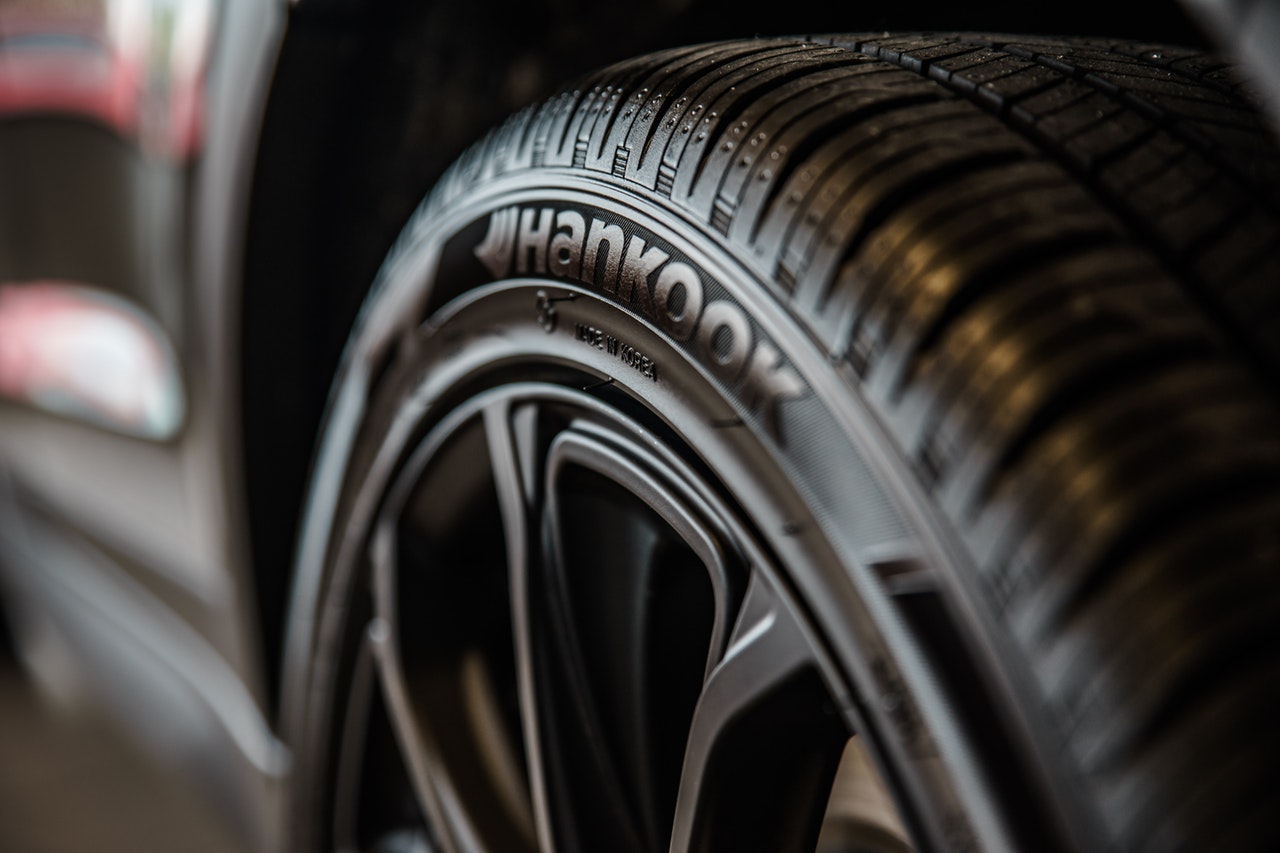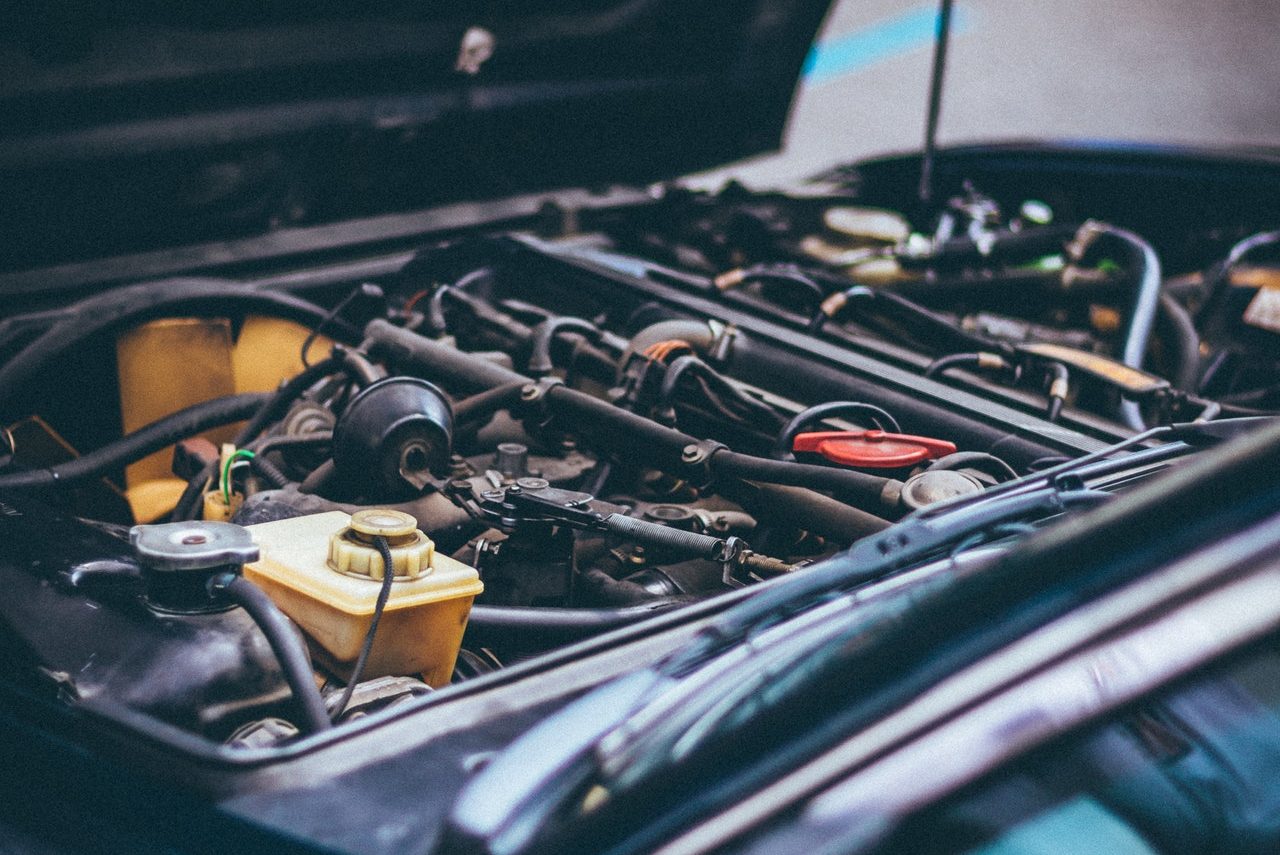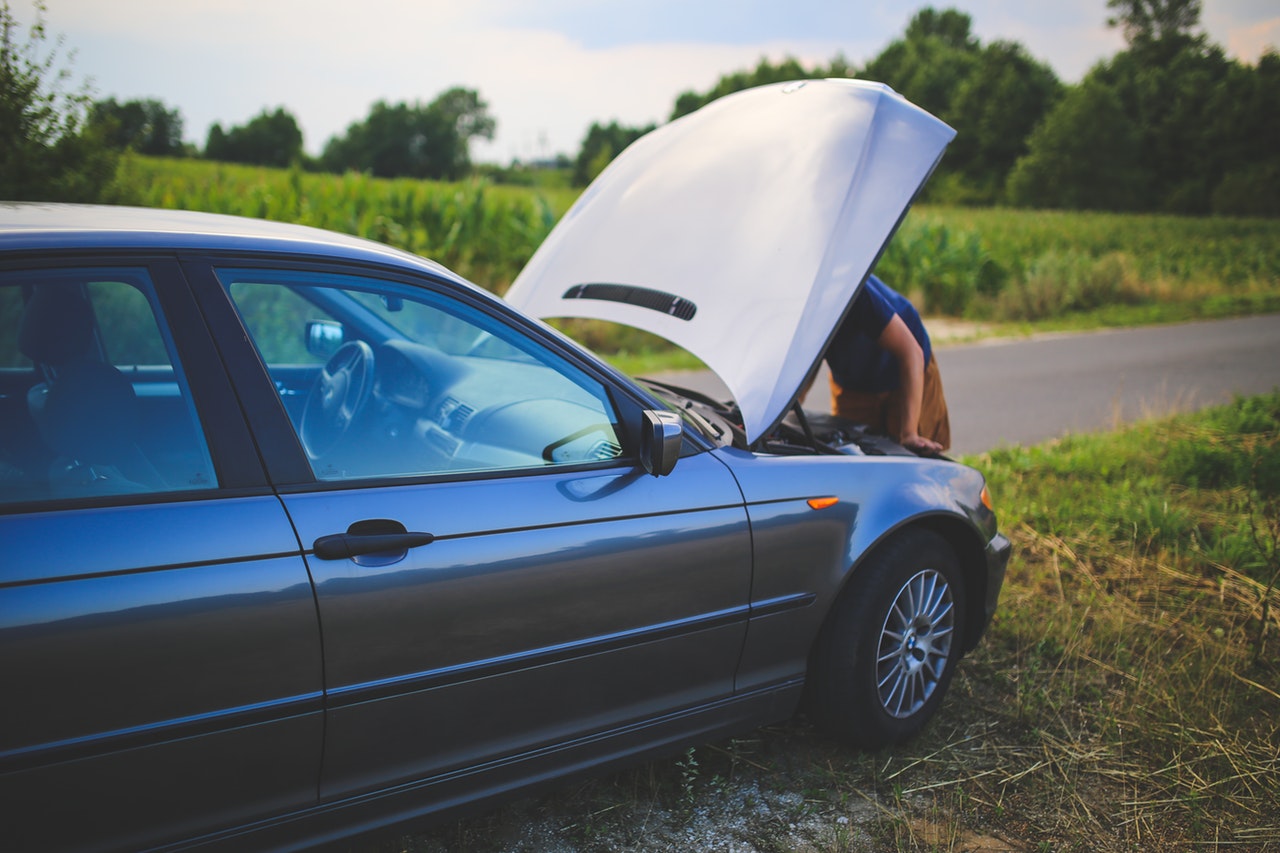How do you handle common roadside emergencies?
- Flat tire
- Overheated Engine
- Dead Car Battery
Emergencies can happen anytime when going out for a drive. Whether it be driving your Toyota Innova in the Philippines or other types of vehicles, you can experience a wide variety of problems along the road. Should you encounter one of these problems during your daily drive, it is best to be prepared to handle any emergency immediately.
How do you handle these common road emergencies?
Many types of car issues can be classified as road emergencies. All of them can cause your car to perform poorly or not work at all. There are many ways to solve these issues. Here are some of the best ways to handle these common roadside emergencies.
Flat Tire

This is perhaps the most common roadside emergency that every driver will encounter. Flat tires are caused by sharp or blunt objects coming into contact with your tires or as a result of your threads thinning out. Should you experience having a flat tire while driving, the first thing you need to do is to park your car in a safe spot where you can remove and replace the tire.
It is important to make sure you use your car’s emergency brakes and hazard lights to prevent any more emergencies or dangers on the road. The next step is to lift your car up using a hydraulic jack. You can now remove the tire using a tire iron to loosen up the nuts and put the spare tire in place.
Overheated Engine
Your car’s radiator is in charge of making sure that your engine stays cool while driving, which is why it is important to make sure it has enough water and coolant to run properly. Not having enough water or coolant will cause your engine to overheat, which can damage your car.
The first step in handling an overheated engine is to turn off your car and open the hood. This will help release the heat that has built up, allowing the engine to cool down. The next step is to check for any leaks around your radiator which may have caused the overheating. Should there be any cracks or damage present in your radiator, it is best to call an auto repair service for further assistance. If there are no leaks present, you can refill the coolant to make it work properly again.
Dead Car Battery

Another common car problem that you might encounter while driving is having a dead car battery. Your car’s battery has a set lifespan before it needs to be replaced, which might be the more likely reason. However, there are times when all you would need is to give your batteries a jump-start to work again.
The first thing that you need to do before attempting a jump-start is to check your battery terminals to see if some faulty connections might affect the transfer of power in your car. Should there be any connection issues, all you have to do is to reconnect and fix the terminals to make the battery work again.
Jump-starting your car requires a power source (typically another car, or nowadays, a portable battery pack) and a set of jumper cables. Connect the positive and negative channels accordingly, start the other car or turn on the portable battery device, and run it for a few minutes to charge your battery. Once sufficient time has passed, you can now start your engine and run your car again. It is important to take your car to the nearest repair center to make sure you would not encounter this problem again.
Key Takeaway
Roadside and common car emergencies can happen to anyone, which is why it is best to always be prepared. By following these steps, you would be able to handle these common emergencies with ease and have a much more comfortable driving experience.

